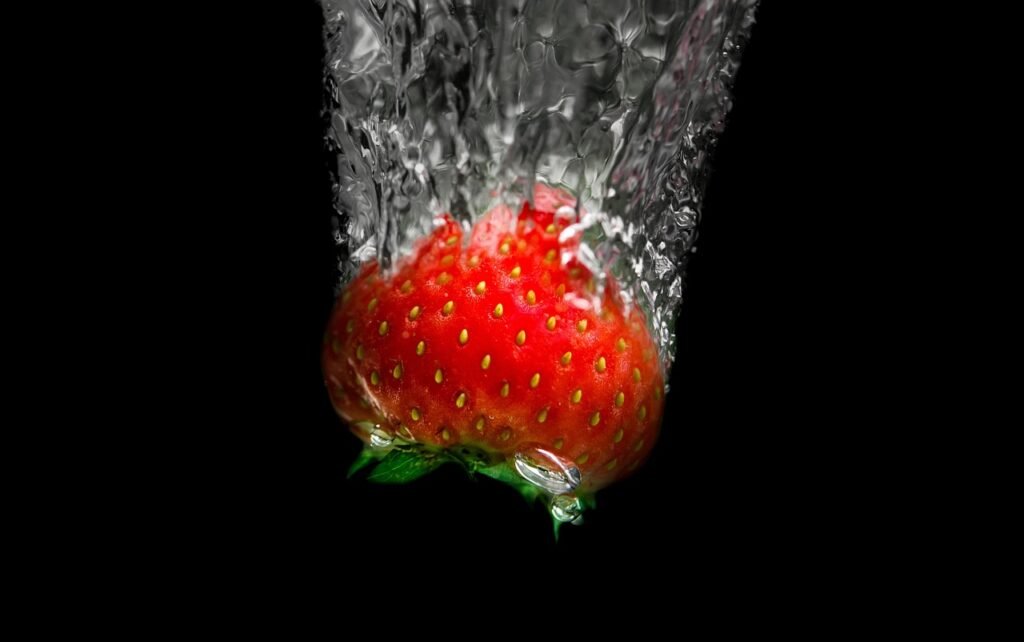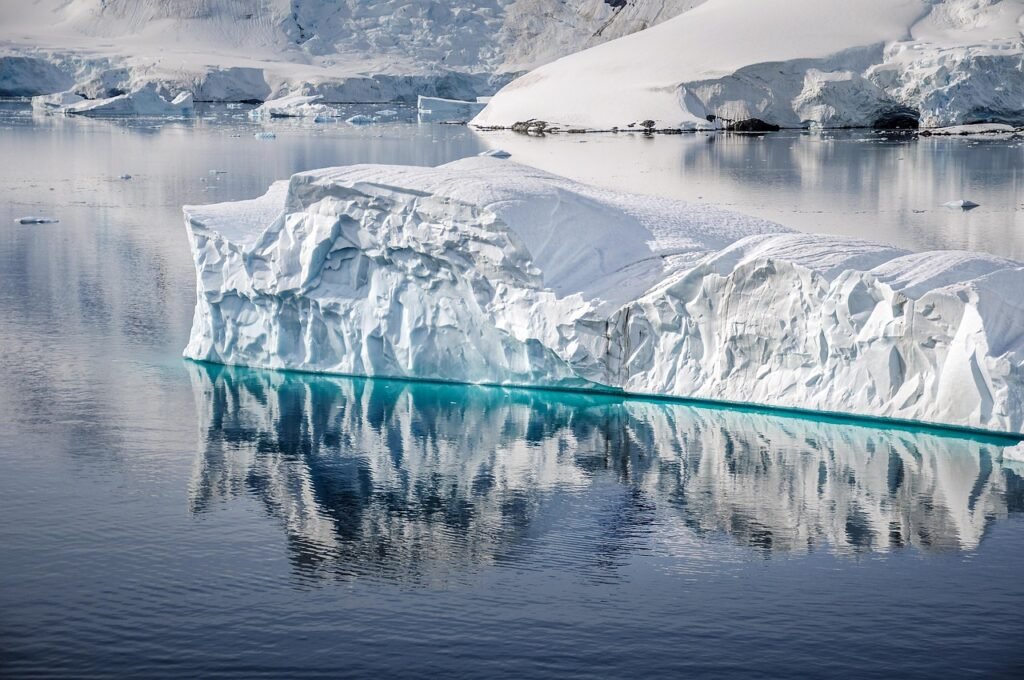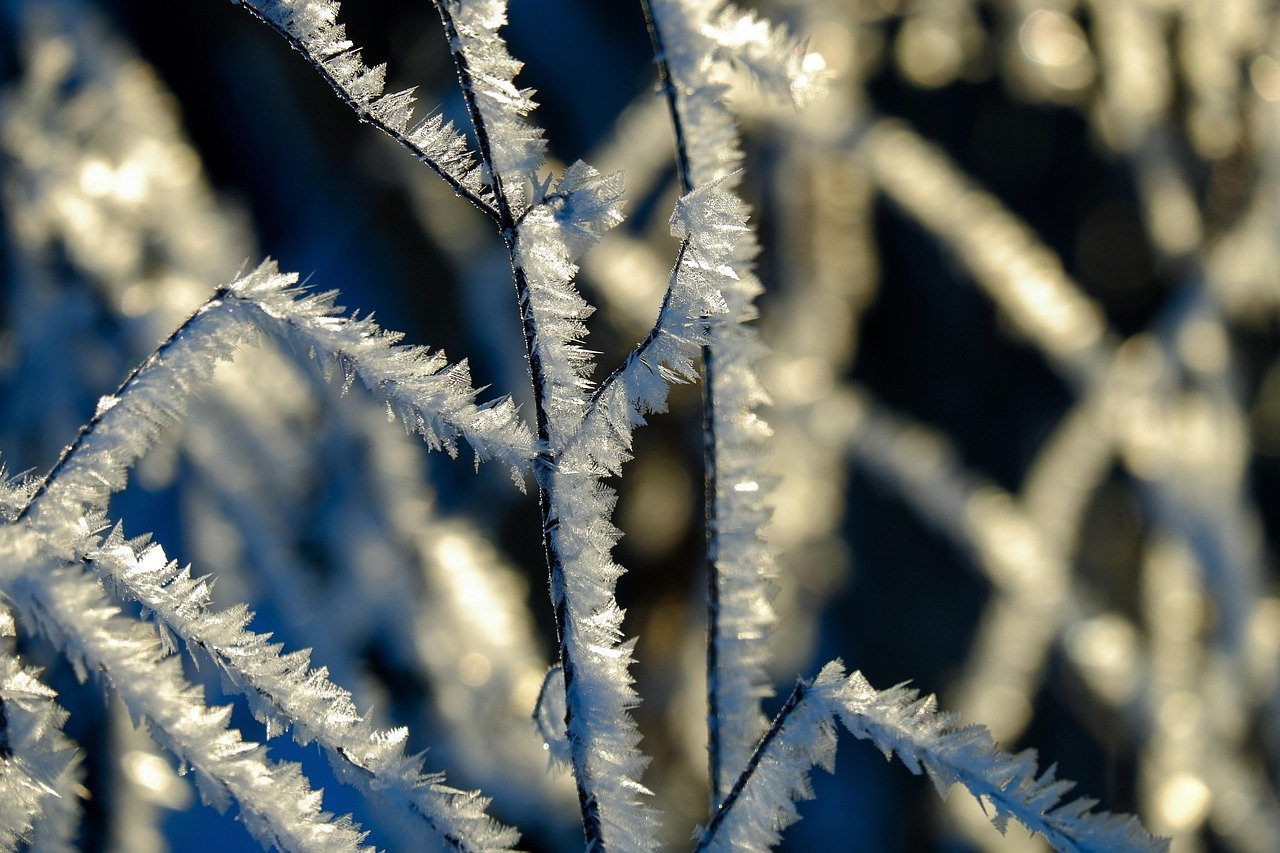Have you ever considered how a cold plunge after a long day might influence your sleep? It’s fascinating to think about how something as simple as temperature could play such a significant role in your rhythms of rest. Let’s unravel the idea of cold plunging and its potential effects on sleep quality.
Understanding Cold Plunging
Cold plunging is quite literally what the name suggests—submerging your body in cold water, typically between 50 to 59 degrees Fahrenheit. This practice has gained traction in various wellness communities, touted for numerous health benefits, including improved sleep. You might wonder if this chilly experience could be a remedy for those restless nights.
The Science Behind Cold Exposure
Before you start your cold plunging journey, let’s unpack the science behind why cold exposure might contribute to better sleep. The primary response your body has to cold is the release of norepinephrine, a hormone and neurotransmitter that can enhance your mood and alertness. This could create a paradox: a burst of energy from cold exposure, yet a calmer state of mind, leading to better sleep later on.
When your body is exposed to cold, it experiences a range of physiological changes. Your heart rate can slow, and your breathing rate can decrease, signaling a state of relaxation. This is vital because relaxation is a crucial component of a good night’s sleep.
Cold vs. Heat: A Sleep Conundrum
You’re likely familiar with the concept that heat can relax your muscles and promote sleep. Many people take warm baths or shower before bed for this reason. However, the idea behind cold plunging suggests that the responses your body has to cold can be just as beneficial. It’s all about balance. One can trigger a different set of physiological responses that may ultimately lead to enhanced sleep quality.
Cold Plunging and the Sleep Cycle Connection
Sleep isn’t a one-size-fits-all situation; it’s a complex cycle with various stages. These stages include light sleep, deep sleep, and REM sleep. Each stage plays a crucial role in recovery, memory processing, and overall health.
The Role of Temperature in Sleep Regulation
Your body temperature naturally fluctuates throughout the sleep cycle. At night, your core body temperature tends to drop, which helps signal that it’s time to sleep. By exposing yourself to cold before bedtime, you might effectively aid this natural process. Cold plunging could lower your body temperature slightly, preparing your body for the restful state it craves.
Enhancing Deep Sleep and REM
Deep sleep is often referred to as the restorative stage of sleep, where your body undergoes repair and growth. Studies indicate that cold exposure can improve the depth of sleep, which means cold plunging could positively affect this critical stage.
Additionally, a study published in the Journal of Clinical Sleep Medicine suggested that individuals who experience more profound sleep tend to have longer periods of REM sleep. This is vital for emotional resilience and cognitive functions. If cold plunging can boost these stages, it might help you wake up feeling more refreshed and ready to tackle the day.

Cold Plunging Practices
If you’re curious about incorporating cold plunging into your routine, the practices can vary greatly. Here’s how you could begin.
Finding Your Cold Plunge Space
You don’t necessarily need to invest in a fancy cold plunge tub. A simple backyard pool, a bathtub, or even a freezing lake can serve the purpose, depending on your access and comfort level. The key is to ensure that the water temperature is indeed cold—ideally in that 50 to 59 degrees Fahrenheit range.
Timing Your Cold Plunge
A common question is, when do you dive into this chilly practice? Many people find success by incorporating cold plunging either after a workout or before bed. If you decide to plunge before bedtime, aim for at least 30 to 90 minutes before you plan on sleeping. This allows your body to readjust its temperature and helps signal that it’s time to wind down.
Duration and Frequency
As with any practice, moderation is essential. For beginners, starting with 30 seconds to a minute may be ideal. Over time, you might build up to longer durations, depending on your comfort level. It’s all about finding a rhythm that suits you.
The Benefits of Cold Plunging for Sleep
Engaging in regular cold plunging habits can offer a range of benefits that extend beyond just improving sleep.
Stress and Anxiety Reduction
Cold exposure can result in the release of endorphins, the body’s natural painkillers, ushering in feelings of relaxation. Reducing stress is linked directly to better sleep. If you’ve ever found it hard to fall asleep due to racing thoughts or anxiety, the calming effects of cold plunging may be a welcome solution.
Enhanced Mood and Energy Levels
One of the immediate effects of a cold plunge is an invigorating rush, often boosting your mood. This burst of energy, thanks to the norepinephrine mentioned earlier, can lead to improved mental clarity and motivation. Starting your day with an energized mindset can set the tone for a more productive day, ultimately leading to better sleep when you finally lay your head down.
Support for Metabolism and Immune Function
Cold water exposure can also stimulate your metabolism, promoting better body function overall. Improved metabolism can help your body better regulate processes, leading to less physical stress as you relax into sleep. Furthermore, some studies suggest that exposure to cold can bolster your immune system, making you less prone to illness—another crucial factor in getting quality rest.

Potential Risks of Cold Plunging
While cold plunging can offer you several benefits, it’s essential to be aware of potential risks involved.
Hypothermia and Other Risks
If not approached thoughtfully, cold plunging can lead to dangerous scenarios such as hypothermia or frostbite. Always be cautious and consider your own health status. If you have any underlying medical conditions, consult your health provider before incorporating this practice into your lifestyle.
Discomfort and Overexposure
The shock of cold water can be intense. It’s important to listen to your body and know your limits. Never push yourself beyond a level that feels manageable, especially when you first start.
The Relationship Between Cold Plunging and Sleep Disorders
If you struggle with sleep disorders like insomnia or sleep apnea, cold plunging might also be beneficial. However, it’s crucial to take a holistic approach.
Cold Immersion as a Complementary Therapy
While cold plunging isn’t a replacement for professional treatment, it can serve as a complementary therapy. It’s helpful to combine it with other methods, such as cognitive behavioral therapy or medication prescribed by a healthcare professional. Finding a well-rounded approach may offer more significant benefits for your sleep quality.

Anecdotal Evidence and Personal Accounts
While scientific studies are essential, personal experiences play a crucial role in understanding the potential effects of cold plunging on sleep.
Testimonials from Cold Plunging Community
Many individuals share stories of improved sleep quality and more restful nights thanks to their cold plunging habits. You might find them recounting less tossing and turning, more energy during the day, and even enhanced focus. Implementing this practice has become not just a trend for some but a lifestyle choice yielding significant benefits over time.
Finding Your Community
Engaging with others who practice cold plunging can enhance your experience. Sharing tips, routines, and personal successes helps foster a supportive environment that can keep you motivated. Online forums, local meet-ups, or wellness communities are great places to connect.
Recommendations for Getting Started
If you’re fueled with curiosity and ready to try cold plunging, here are some practical tips to help you get started.
Set a Consistent Routine
As with any new habit, consistency is crucial. Try to integrate cold plunges into your routine, whether daily or a few times a week. The more regularly you practice, the more likely you will experience its benefits on your sleep.
Mindfulness and Reflection
When you start cold plunging, consider incorporating mindfulness practices. Focusing on your breathing, body sensations, and reflections after each plunge can heighten your awareness of its effects. This introspective aspect can make the experience even more rewarding.
Track Your Sleep Patterns
Keeping track of your sleep may allow you to see how cold plunging influences your rest. A journal or app can help monitor how you feel after using this technique and whether you notice any changes in your sleep quality over time.

Conclusion: The Chill Factor in Sleep Improvement
The idea of cold plunging opens up a unique avenue for enhancing your sleep. With its roots in relaxation, stress reduction, and improved sleep cycles, it’s an intriguing practice worth considering.
As you evaluate whether cold plunging is a suitable method for you, remember that individual experiences will vary. It might not be for everyone, but the journey to improved sleep is a personal one. If nothing else, it’s a conversation starter, and if it works for you, it could be one of the best additions to your wellness routine.
So, are you feeling adventurous enough to take the plunge?

